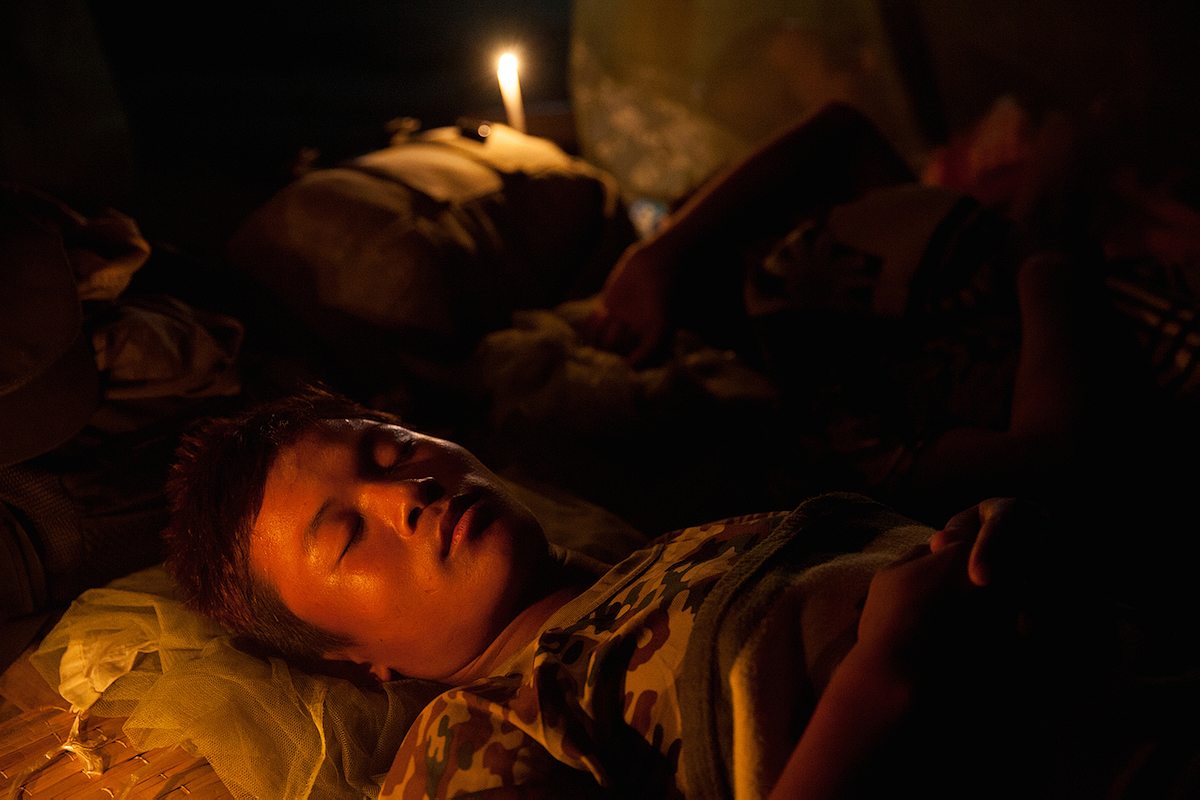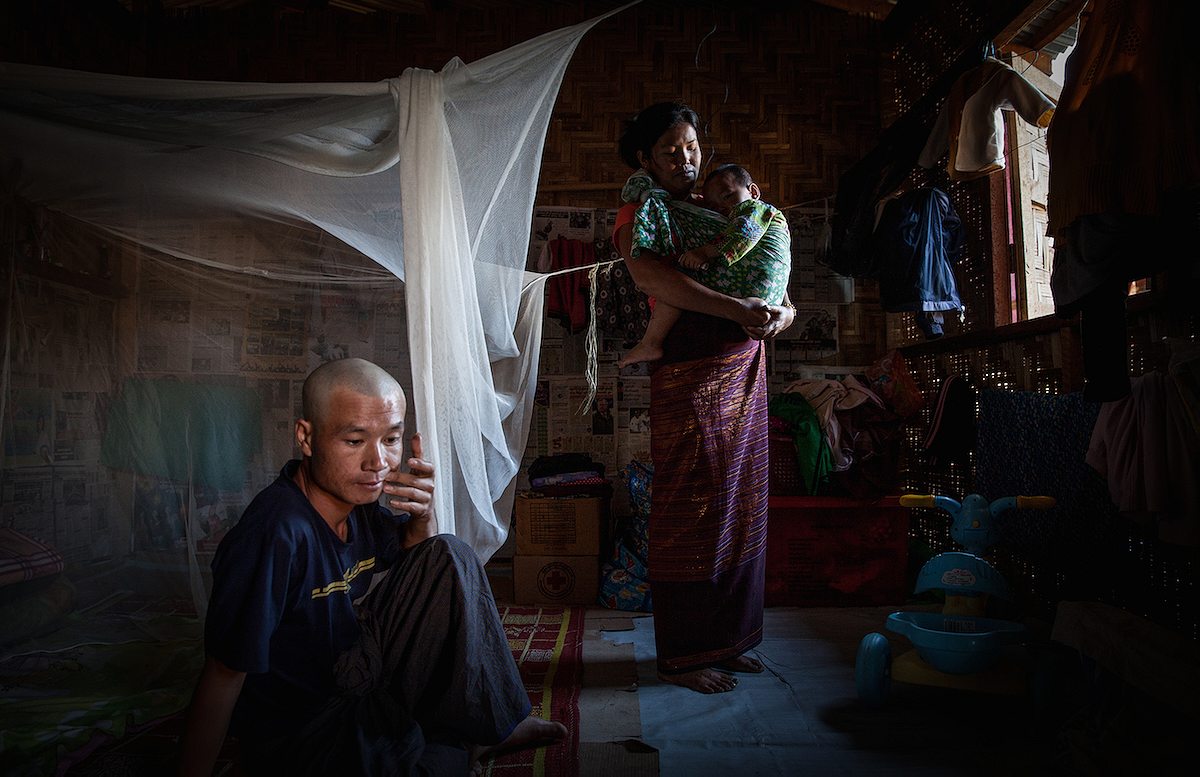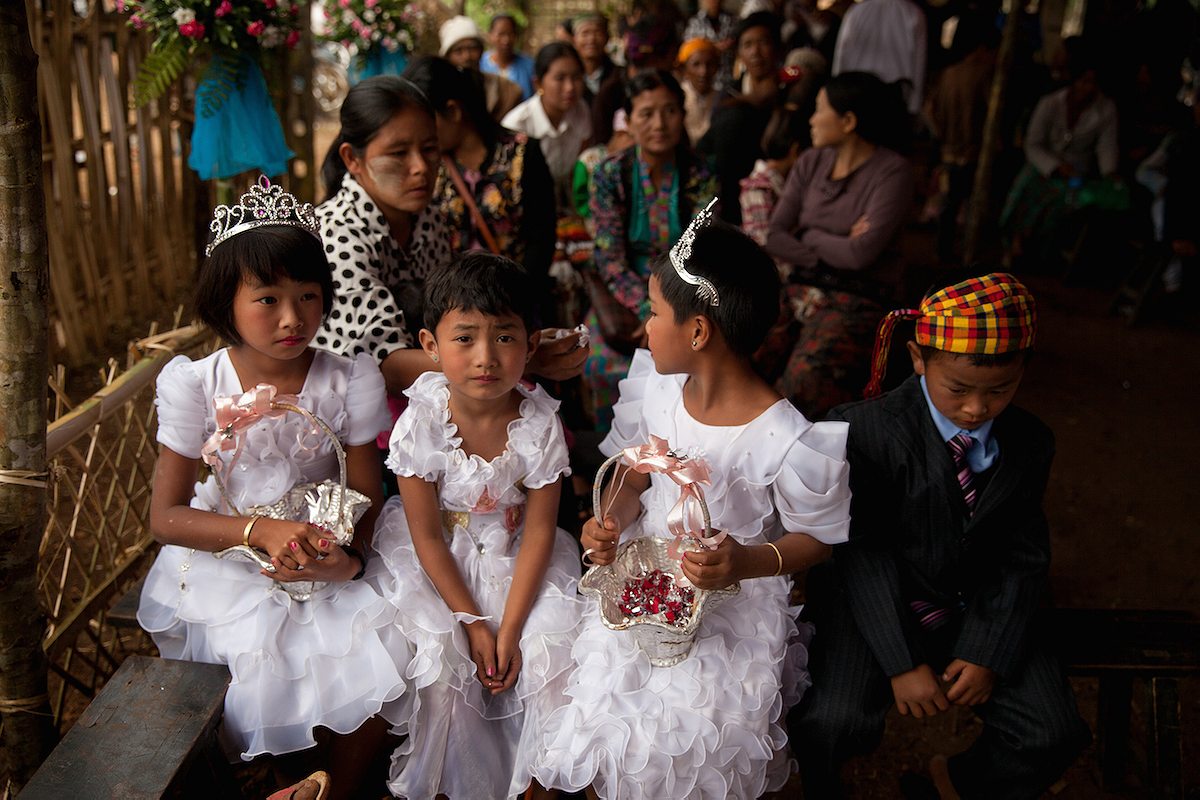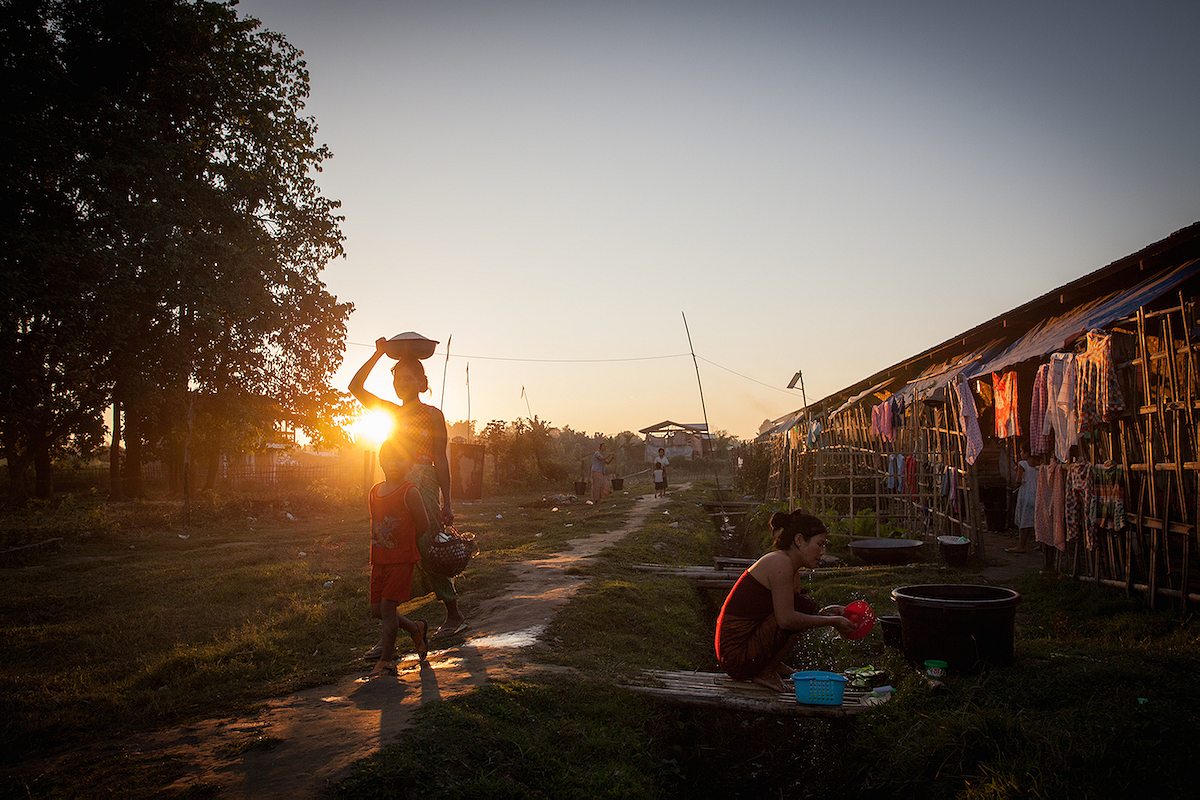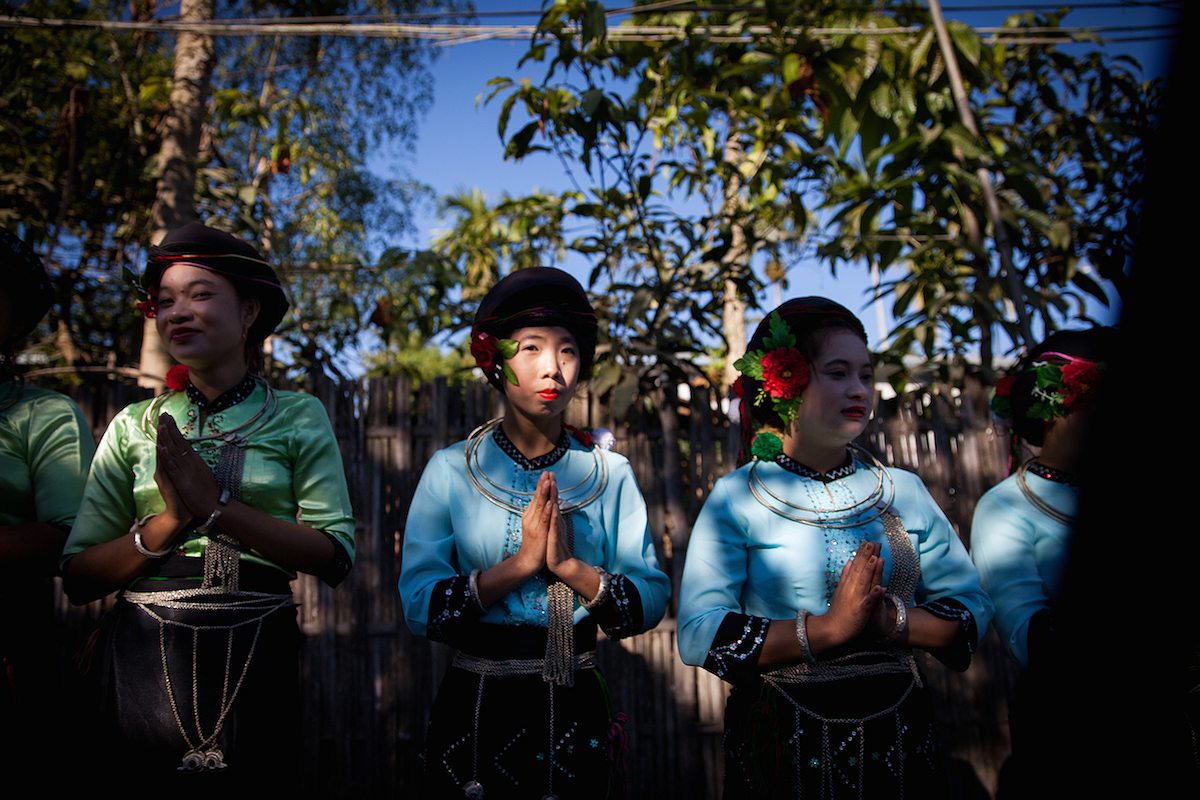Only recently released from the rule of the military junta, Myanmar is struggling to hold its varying ethnic and religious groups together.
In Myanmar’s northern state of Kachin, a land rich in jade and timber, people speak their own language and practice Christianity. We are far from the capital, Naypyidaw, but its grip is omnipresent. The central government has been in conflict with the Kachin for half a century.
Only recently released from the rule of the military junta, Myanmar is struggling to hold its varying ethnic and religious groups together. Seventeen armed groups are engaged in talks with the government to draft an agreement for the first nationwide truce in more than 60 years—but the Kachin have refused to sign a deal. As the fragile peace talks drag on, violence has become widespread in the area.
Fighting flared up in June 2011 after the Myanmar army broke a 17-year-old ceasefire, launching a major offensive against the military wing of the Kachin Independence Organization, formed in 1961. Today, the conflict has killed and injured more than 1,000 combatants and displaced more than 120,000 people, say the Kachin.
I was smuggled through China into the rebel-controlled areas of Kachin State along the border by the rebel army and a corrupt Chinese policeman who had me hide at a checkpoint. With attacks happening daily, the Kachin have been pushed closer and closer to China, a country that has maintained close ties with the ethnic minority and for a while enjoyed a near-monopoly on its natural resources and foreign policy. As violence persists, the Kachin have had no choice but to depend on their neighbor for survival.

